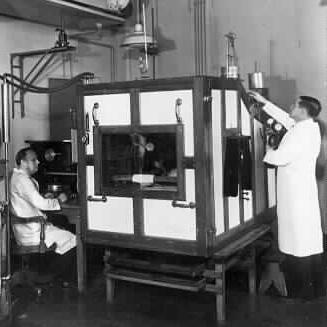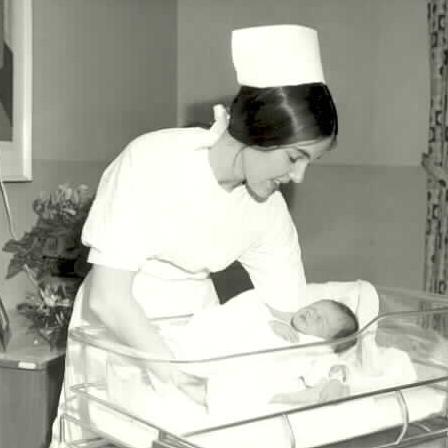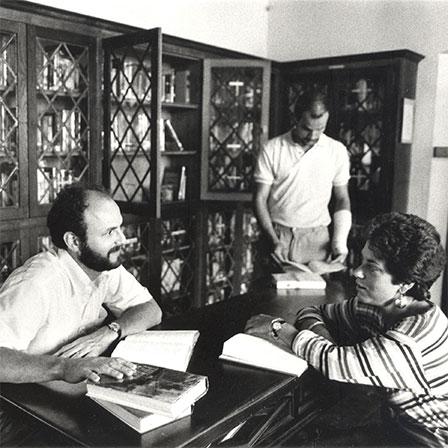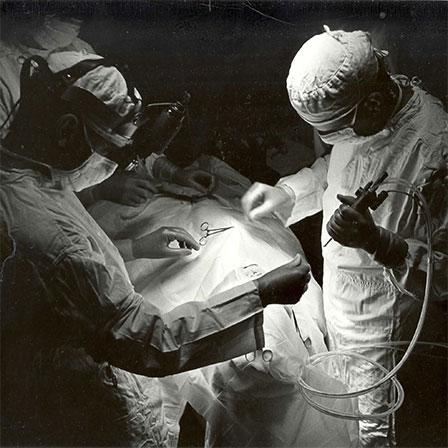In 1932, the medical center was structured on a university system with five clinical departments: Medicine, Surgery, Pediatrics, Obstetrics & Gynecology, and Psychiatry. The departments of Pathology and Radiology were added in 1932 and 1939 respectively. Chairs of the medical college departments also led the corresponding hospital departments. The majority of the medical college faculty held attending positions at the hospital.
Some of the pioneering advances in patient care and medical research made by the faculty members of these original five clinical departments can be seen by clicking on the images below. In addition, faculty of the Department of Pathology made major contributions in the study of malaria, tuberculosis, leukemia, viral serology, and tumors. In the 1950s-1960s, the early Pap smear tests, developed by Dr. George Papanicolaou, were examined in the Cytology Laboratory.
Today, there are 25 departments at the medical center organized under the university system. Along with the seven original departments, three medical divisions (Dermatology, Neurology, and Neuroscience, Rehabilitation Medicine) seven surgical divisions (Anesthesiology, Cardiothoracic Surgery, Neurological Surgery, Orthopaedic Surgery, Ophthalmology, Otorhinolaryngology, and Urology) and one Radiology divisions (Radiation Oncology) have become departments. The medical college administers its seven basic science departments: Biochemistry, Cell and Developmental Biology (originally Anatomy), Genetic Medicine, Microbiology and Immunology, Pharmacology, Physiology and Biophysics, and Healthcare Policy and Research (originally Public Health). In addition, several specialized centers and research laboratories offer state of art clinical care and medical research.
Below are historical timelines for the original five clinical departments: medicine, surgery, pediatrics, obstetrics & gynecology, and psychiatry.









